- Boat
- Articles
- About
- Tehani-li Logs
- 2004
- Uligan Maldives
- Man, Oh Man, Oman
- Eritrea: The Nicest Place You’ve Never Heard Of
- Cruising Notes: Oman to Eritrea – From Pirates to Cappucinos
- Old Testament Sudan
- Egypt: Legend, Myth and Reality
- Thoughts on Cruising the Red Sea
- Greece: Civilization Again
- Montenegro
- Malta
- Sardinia, Italy
- Barcelona, Spain
- 2003
- 2002
- 2001
- 2004
- Contact
Fa’afetai, Samoa
“Thank you for coming to my taxi. Thank you for coming to Samoa!”
So said the hearty Samoan taxi driver wrapped in a lava lava as he dropped us off at the marina today with a big wave and an even bigger smile. “Fa’afetai,” or “Thank you,” I wanted to respond but my American tongue tripped on all those vowels and I ended up just grinning idiotically and waving back.
We have now spent three very enjoyable weeks in Samoa which is longer than we have dawdled just about anywhere on this trip. Samoa is a country of not quite 200,000 people living on two main islands: Upolu and Savai’i; Upolu is where most of the population resides and where the capital, Apia (Ah-PEE-ah) is found.
Savai’i is more traditional and other than a few shops around the ferry terminal has no real towns at all. It is also the third largest island in Polynesia after New Zealand and the big island of Hawai’i. In fact, it is believed the island of Hawai’i was named after the ancestral homeland of Savai’i. Given that Hawaii was relatively recently settled by Polynesians but they have been living in Samoa since at least 1,000 years before Christ, this is quite likely. Today, Samoans are the second largest group of Polynesians (the Maori of New Zealand are first) and are known for their size, athleticism and warm hospitality.
We toured both islands for eight days by car. Samoa was formed by frenzied volcanic activity eons ago and lava rock is everywhere. Since then peace has reigned, geologically speaking. We visited the black lava fields on Savai’i which were the result of an eruption just 100 years ago and wandered through the ruins of a church from that time.
When prayer was not enough:
Despite the indiscriminate destruction volcanoes are capable of life begins anew:
Perhaps in recognition of the hellish heat that created their island, Samoans are famous worldwide for fire dancing, or siva afi. We went to another show and were told, “Fire dancing is Samoan culture. 99% of the fire dancers you see in Hawai’i come from Samoa.” There was also a lot of Samoan “slap dancing” which must have begun long ago as a form of local mosquito control.
As with other dances across Polynesia, the men were fearsome and the women were amazingly graceful; characteristics you won’t see in a nightclub in the west.
The smallest fire dancer was not yet old enough to play with matches but put on a fierce show nonetheless:
We are pretty particular when it comes to toothpaste and anchorages. Just good enough will not do. An anchorage has to: 1) be safe, 2) be quiet, 3) have no rolling, and 4) have shore access to some activity. There are no good anchorages in Savai’i and only one decent anchorage in Upolu, in my opinion. We therefore left Asmara Sky in the little marina at Apia and took the car on the one-hour ferry ride across picturesque Apolima Strait to visit ultra-traditional Savai’i where men and women live in fale and wear lava lava.
Happy children on their way home from school in Savai’i:
The girls are playing in the car as we drive around Savai’i making up stories with their stuffed animals.
Adriana: “Oh, look. Poppy is suffering from Sister Sickness.”
Asmara: “Sister Sickness? What’s that?”
Adriana: “That’s when you miss your sister sooo much.”
Asmara quietly absorbs that one while I wonder if she realizes how lucky she is to have such a little sister.
Samoa is a quirky place and recently switched which side of the road they drive on. There is very little traffic so this change didn’t amount to much. They were also located on the US side of the International Date Line until 2011 when the country skipped December 30th altogether. Both islands then held hands and “jumped” across the line. These rather puzzling moves were made to bring the economy more in line with Australia and New Zealand which have large expatriate Samoan communities. But this year was the first they made another surprising decision by becoming the only country in the world that celebrates Father’s Day in August – and made it a national holiday. Twice I have enjoyed Father’s Day this year and twice I have enjoyed the increased adulation (which is my right).
Another recent change:
Why are there no towns here?
It’s true. Outside of Apia on Upolu and Salelologa in Savai’i, there are really no towns: no restaurants, no shops, no bowling alleys. There is nothing but coconuts, fale and small taro plantations through which pigs and dogs have free reign. Every Samoan we met all seem to have relatives in New Zealand. Those that speak English fluently do so with kiwi accents. It seems people are happy living a subsistence existence and make up for cash needs with money sent from family overseas. As if to prove this point, agriculture employs two-thirds of the workforce, according to Wikipedia, and 90% of exports.
And I have to say, Samoa has, hands down, the best coconuts, bananas and papayas we have ever eaten. Those dry yellow tasteless things we are forced to buy in the US that are genetically identical and all look as if they came out of the lab on the island of Dr. Moreau are not bananas. The bananas here are almost juicy with a sweet and fragrant tropical flavor of sunshine that ends with a pleasing slight tang on the tongue. The coconuts, or niu, are deliciously sweet and we drink and eat them every day. While the papayas are just perfumed pearls of profound excellence.
The wonderful fruit is the product of a perfect climate (when there are no cyclones) and the hyper-fertile volcanic soil. Even the fence posts, cut from local trees, sprout leaves, branches and grow into trees themselves. As every family seems to be walking around holding a cute, fat baby it appears the fertility of the land is not limited to plant life alone.
Every village has the same row of fale fronting small houses. The fale is a wall-less structure where people meet or entertain or sleep. Walls consist of woven palm mats that are rolled up and lowered at night or during inclement weather. The house behind is an indication of greater wealth and many families just have a fale.
All houses or fales have a grave of a family member planted front and center of the living quarters. Samoans are very family oriented and like to keep their ancestors with them at all times. Ariel, who grew up watching countless bad Chinese movies about ghosts, finds this inconceivable. I, who have been told that Polynesians are descendants from Chinese, yet have rhythm and are athletic, find this anthropological theory to be equally inconceivable. Yet we carry on.
I found the curious pink “Mitsubishi” corporate emblem on this well-kept grave rather interesting:
Every morning, except Sunday, at exactly 8:45 AM the “Royal Samoa Police Band” gathers outside police headquarters in their crisp blue shirts and matching lava lava. Traffic halts, the band begins to play a stirring tune and then marches straight down the main road. Their destination is the compound of the government building downtown where the national flag is raised with much fanfare and solemn ceremony.
We can hear and see the Royal Samoa Police Band march along the road under the palm trees by the water from the anchorage. One morning I decided to follow them.
This quaint ritual is a holdover from colonial days when Germany ruled Samoa from 1900-1914. That period saw a large influx of diligent German settlers and traders who hacked plantations out of the thick jungle, many of which still stand today. It was also seen as one of the bright spots in Samoa’s recent history and compares well against the disastrous rule by New Zealand which followed immediately thereafter. That rule included one epidemic, which wiped out a fifth of the population, and one street massacre which wiped out a few more just in the first two decades. Thankfully, things have steadily improved since then.
Quite a few people today carry German last names from the earlier era, including our friends the Keils who are Samoan in every other aspect. We thank them again for their warm Samoan hospitality during our brief stay here on the island.
Standing to attention at the flag raising field right in front of the odd “Central Bank of Samoa” building:
Every Sunday (before church) the fish market opens at 4 AM. People come here to buy their fish for the “to’ona’i,” or Sunday lunch. Only Asmara would get up with me that early to look at a bunch of dead fish.
Adriana wavers between loving the boat and wishing she were back in kindergarten in Washington:
“Mommy, if we had stayed back in Sammamish I would be much better at piano music. Now I’m not good at all.”
“That’s not true.”
“I’m stiff!”
Asmara, who loves living on the boat, reminds her,
“If we had stayed in Sammamish you wouldn’t have seen that manta ray jump and you couldn’t go swimming and snorkeling!”
We drove to the Alofaaga Blowholes on Savai’i which are incredible. A Samoan grandmother by the name of Leilani carries coconuts over to the edge of the blowhole and stands there calling in the waves: “Lale-OH, Lale-OH, Lale-OH!”
She waits until one she likes is about to hit, the coconuts are dumped down the hole with perfect timing and this old woman quickly turns away only to be drenched in the aquamarine blast that follows. The explosion shoots the startled coconuts at least 100 feet straight up into the air before they fall back into the sea. She did this several times for us and mesmerized, we spent almost half an hour watching her. Dripping with sea water sturdy Leilani made her way back to where we were standing and politely asked, “Ten tala for the show?” I shook her wet hand and gave her twenty.
While in Savai’i we stopped at the Va’i Moana Resort to have lunch and as we walked around their tiny grounds Asmara and I were surprised to see a black sailboat mast now being used as edging for flowers. I pointed it out to her and said, “Somebody lost their boat here.” She wanted to know how I knew. “Nobody leaves a mast lying around, sweetie. A boat came in here and hit a reef. And judging from the condition of the mast it was not too long ago.”
We, who sail the oceans and live on our sailboat, are always saddened when we hear of a boat being wrecked or sunk. But it does happen. No life is without risk, or put another way, no life worth living is without risk. Those who abhor risk and live the most carefully regulated existence in the world I would venture risk something too. They risk missing out.
I searched out the ebullient resort manager, Nu’u, who told me the story. He was there when it all went down (so to speak) and according to him here is what happened;
“Five years ago, it was fine weather and the sailboat ‘Airwego’ tried to enter the pass. They just ran the boat up onto the reef. We jumped in the dinghy to rescue them as the boat was already sinking. They were an American couple and no one was hurt. We put them up here at the resort for two weeks free while they sorted themselves out. They had no money and no insurance and the Samoan government came and dragged the boat off the reef. You can see it now at the town wharf.”
An awful story. I did a little research on “Airwego,” a MacIntosh 47, and found out the boat was from Washington like ourselves and just down the road from us in Tacoma. They were following another sailboat into the narrow pass of Asau in clear weather and at low tide. They did not get the angle right, clipped the reef and lost everything in a moment’s carelessness. The resort took them in as did another hotel in Apia which took pity on them and also provided free lodging. It can happen and while there are enough stones lying around this incident to build a small pyramid I refrain from throwing any.
Here is their dream today rotting behind a chainlink fence in Asau, Savai’i, now the property of the government of Samoa.
After sailing west across the South Pacific 3,000 miles since crossing the equator in May we now point our little ship south and forge ahead through the blue sea for the Kingdom of Tonga.

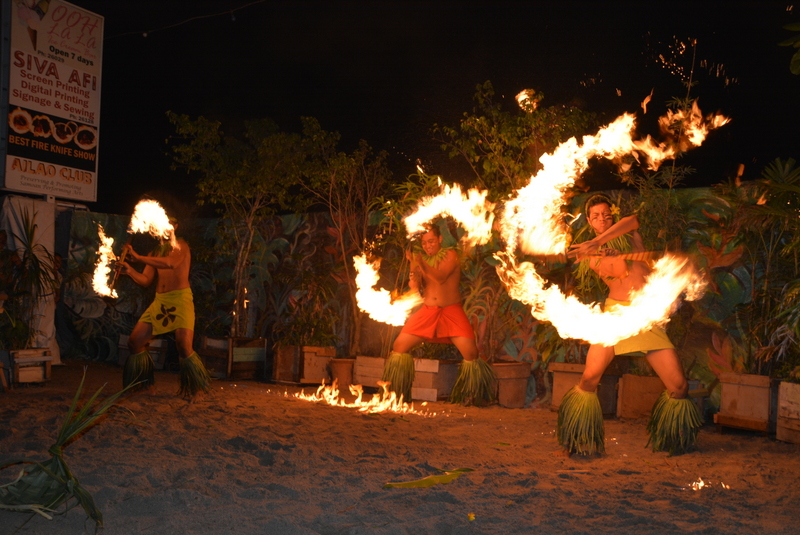
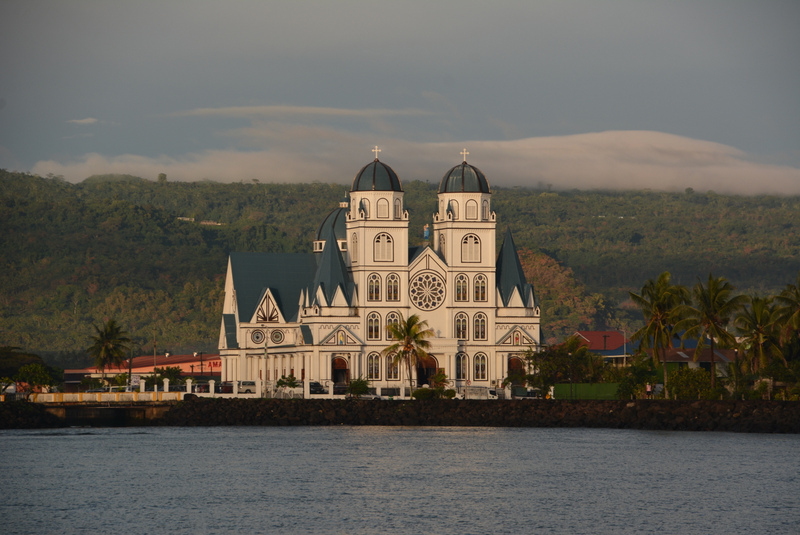
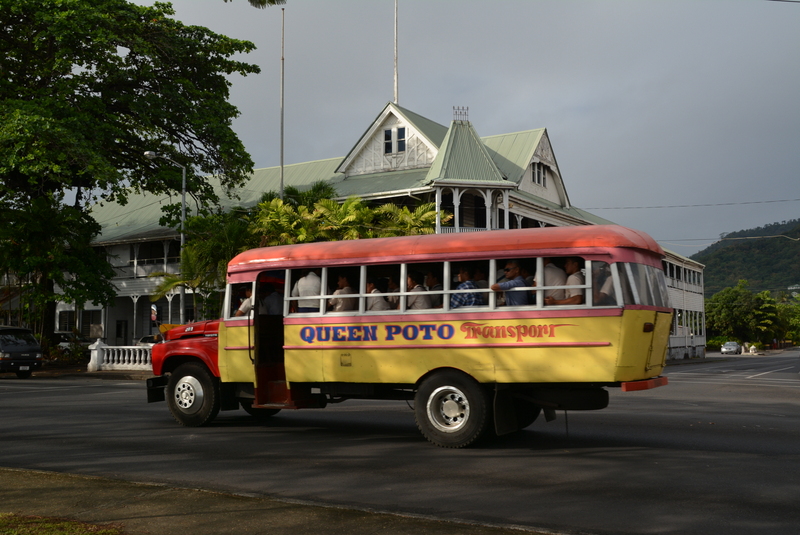
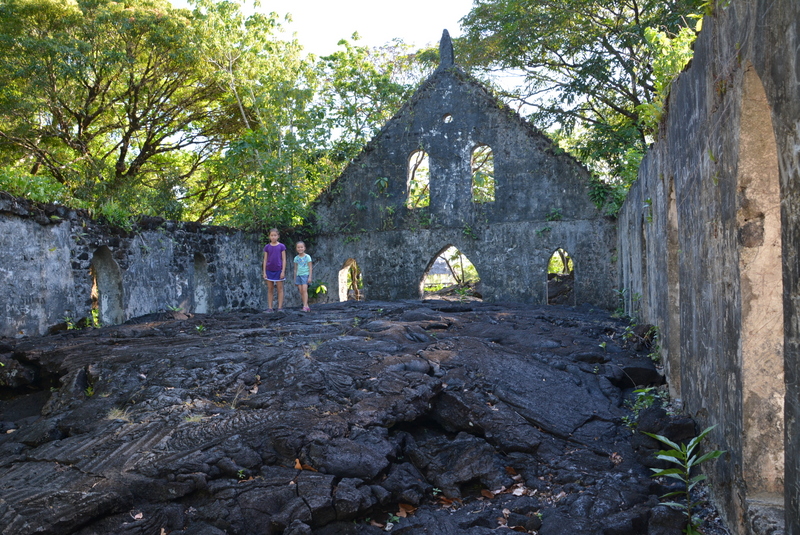
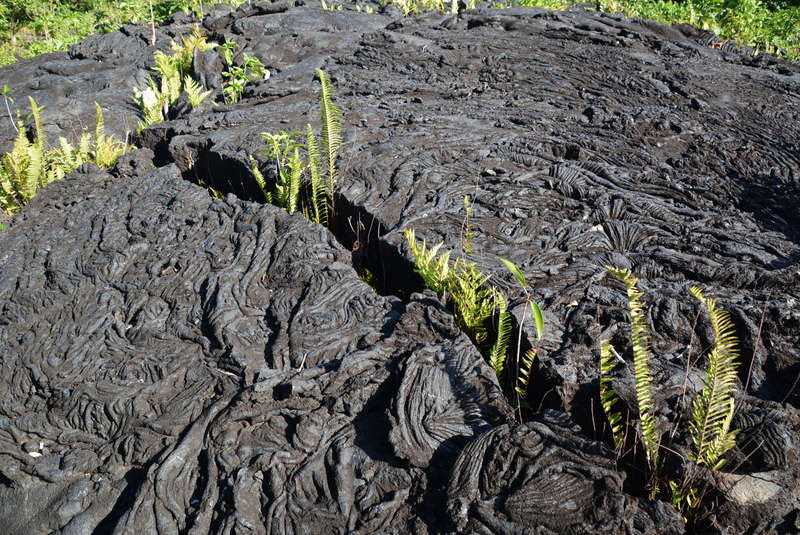
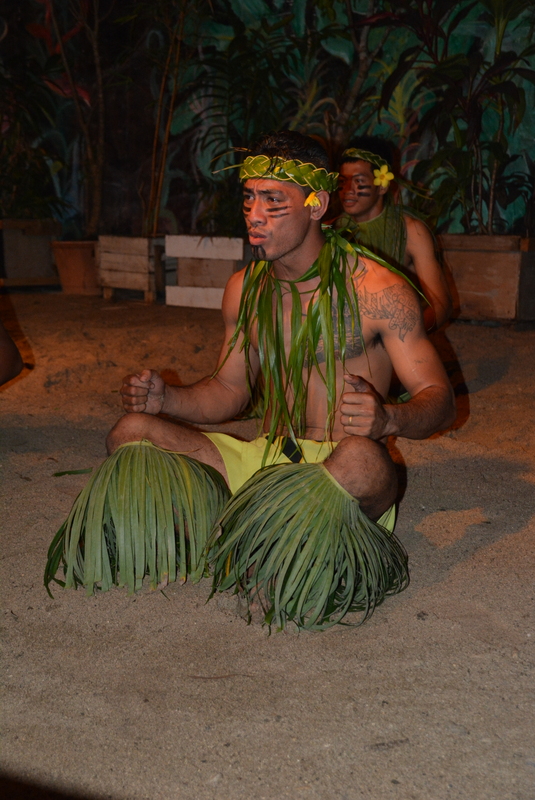
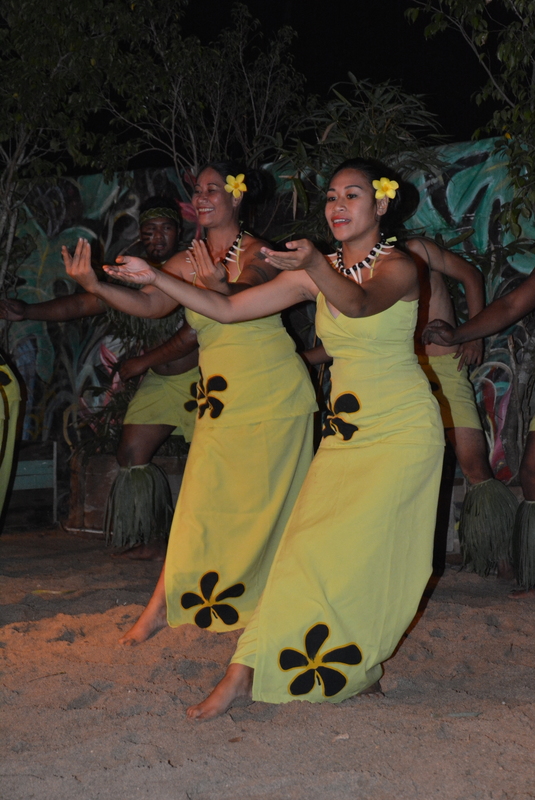

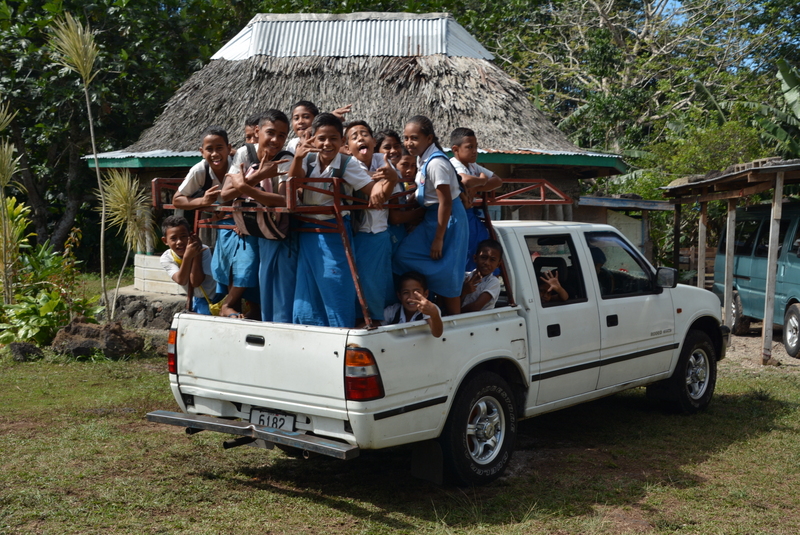
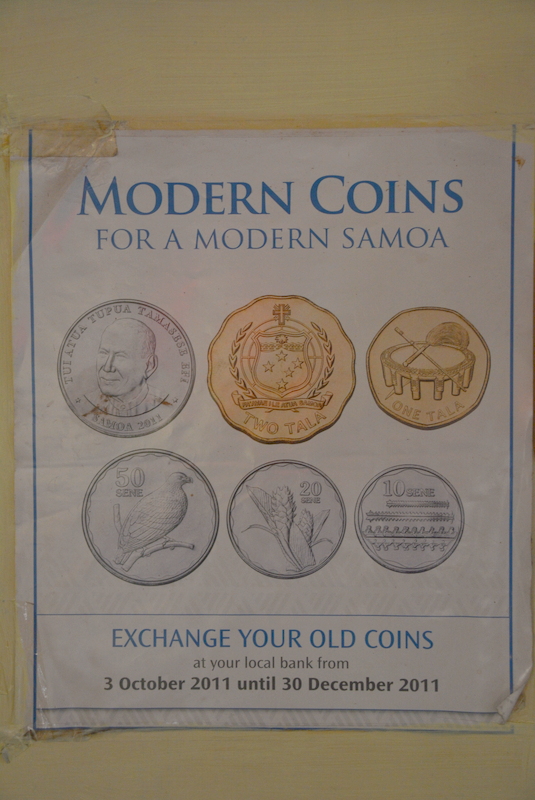
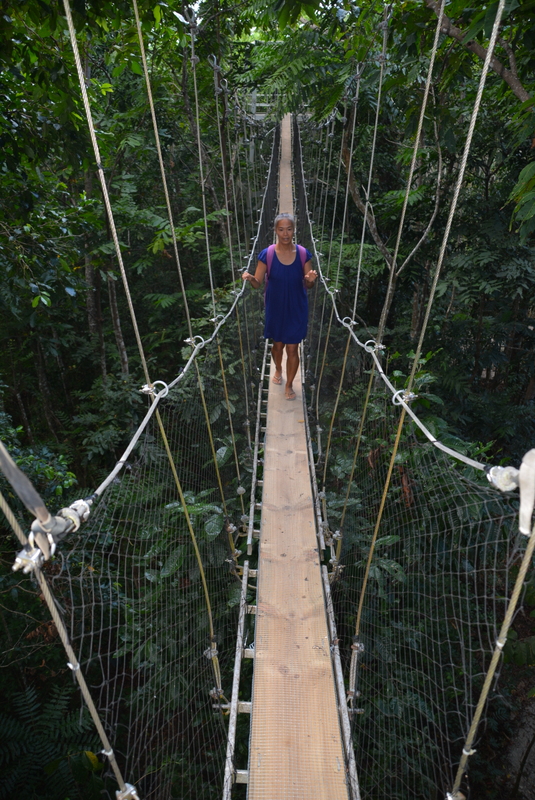
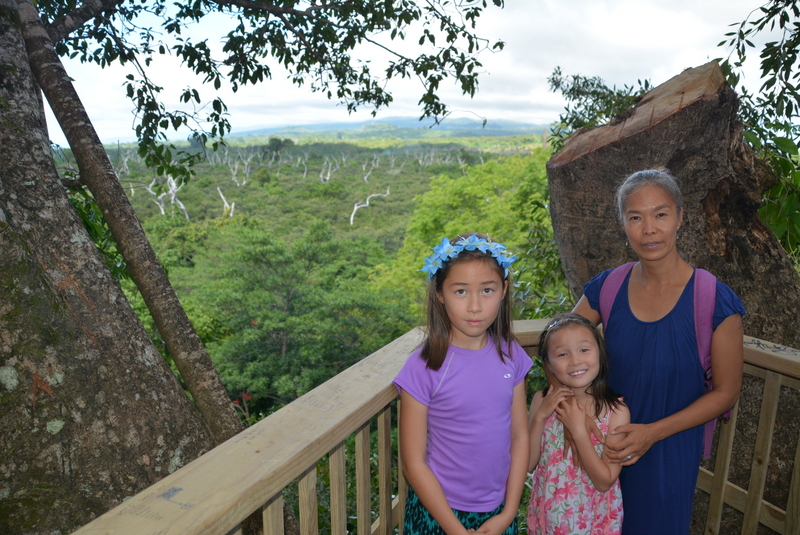
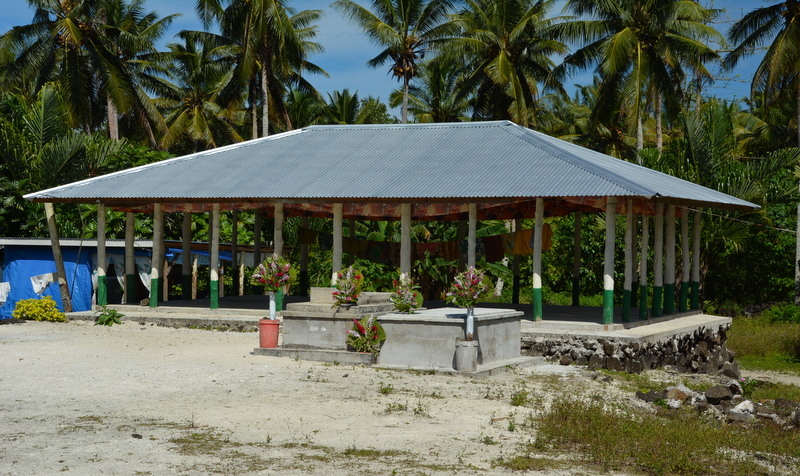
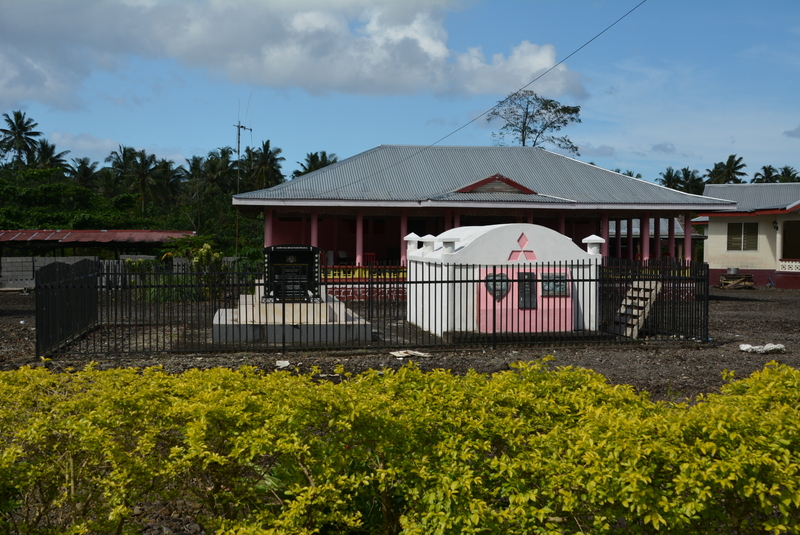

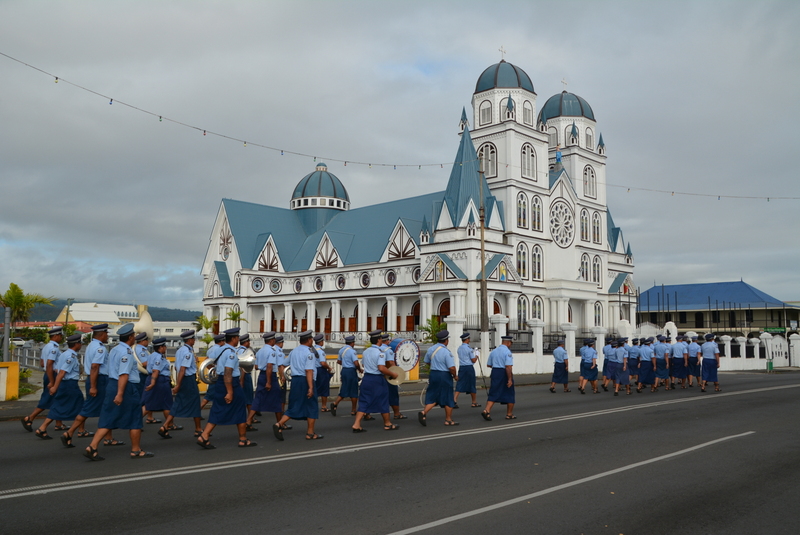
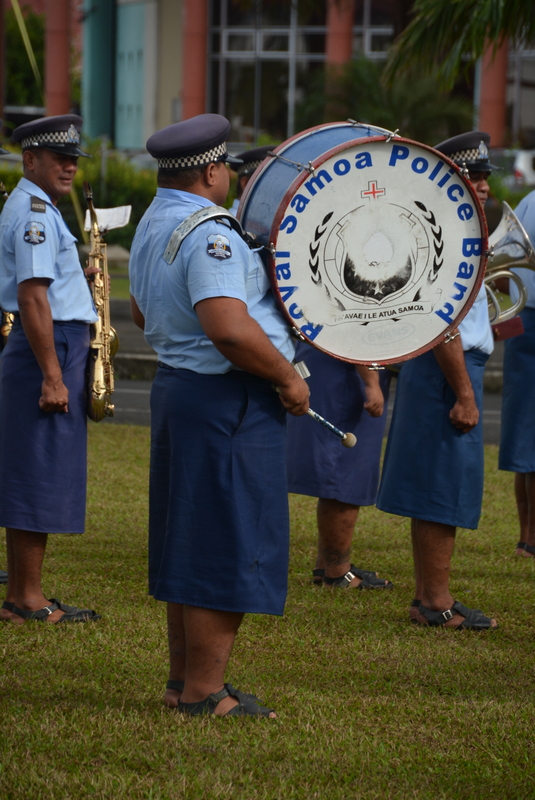
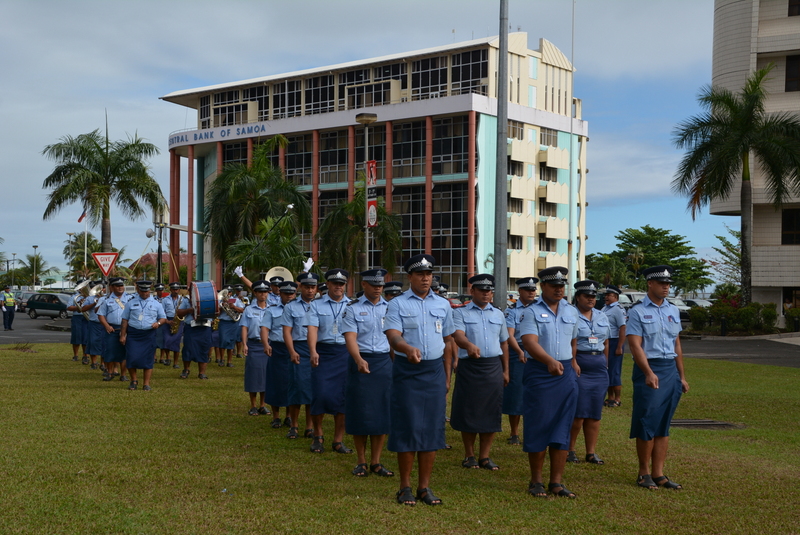
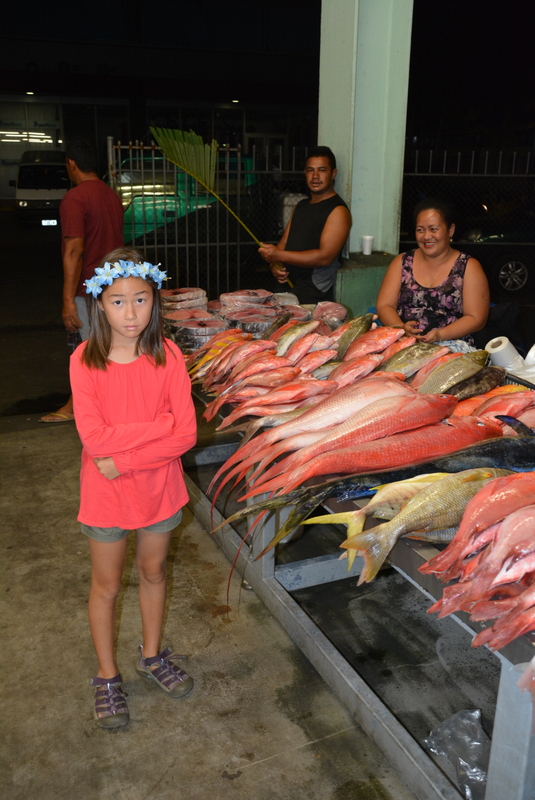
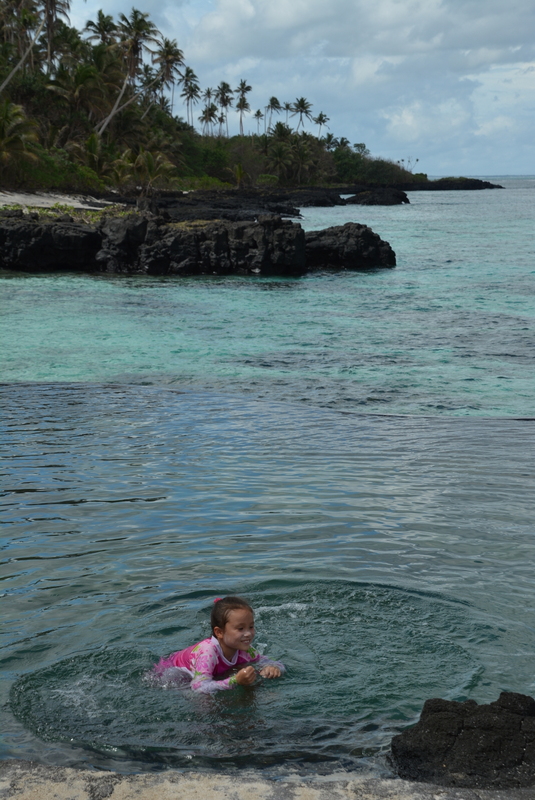
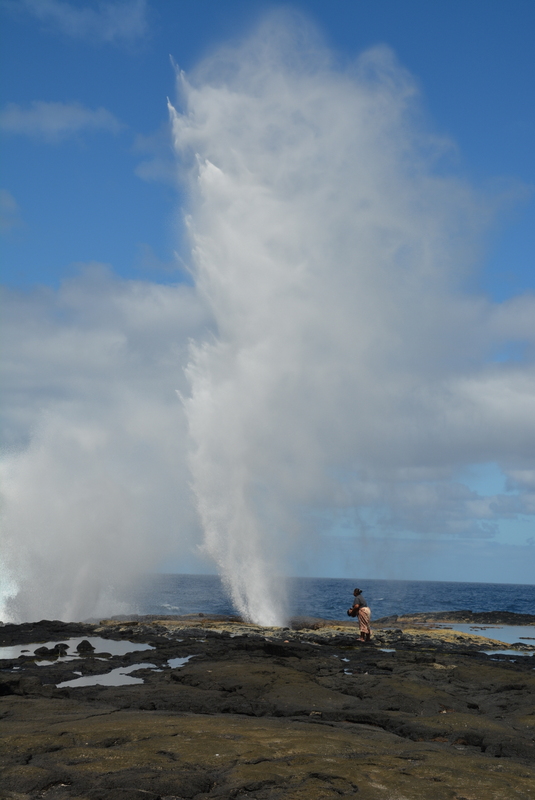
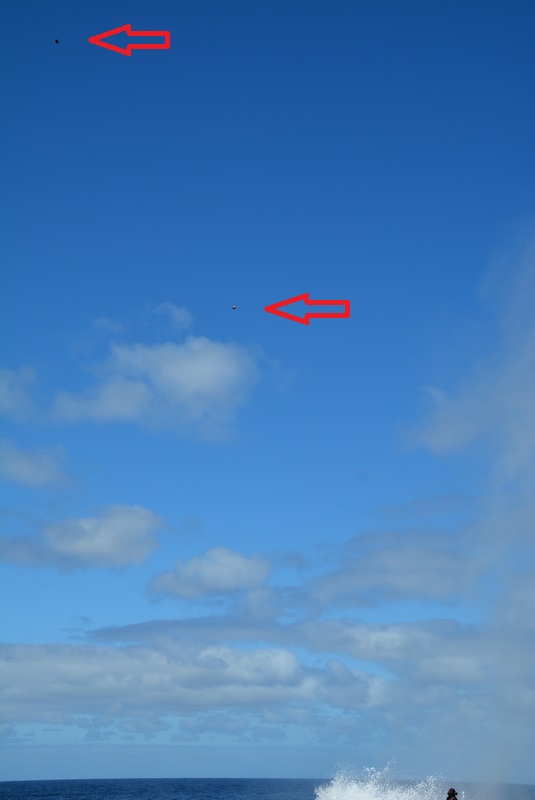
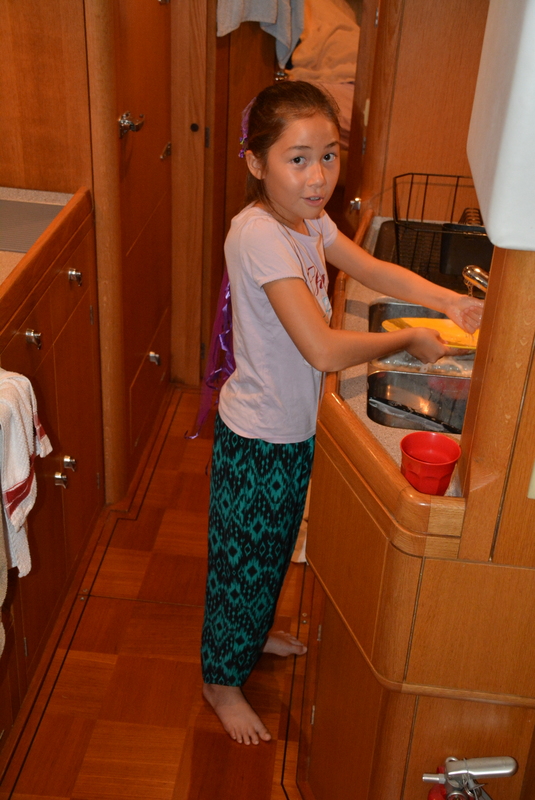
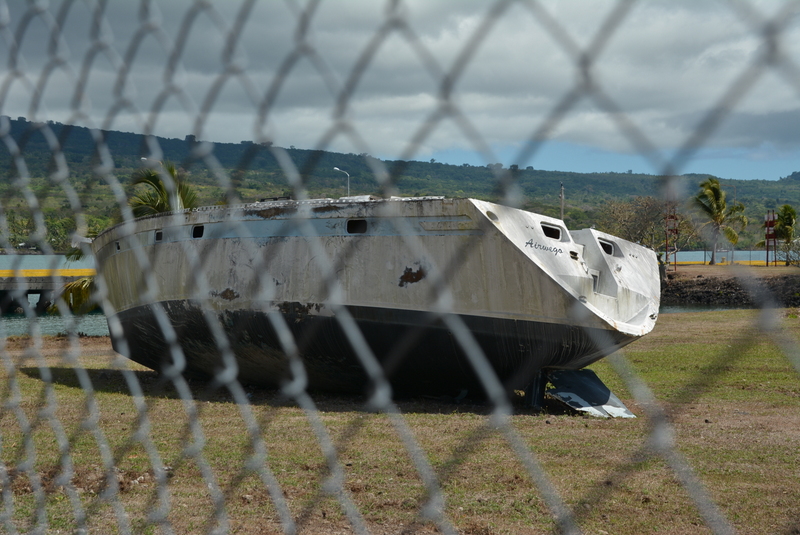

September 11, 2015
6:56 am #comment-1
HI Derek,
Wow! Just saw this website. An amazing adventure. Looks like the family is doing well. Something the girls will have with them for a lifetime. How long will you be gone? If you decide to turn north and head to Seoul will greet you on the Han River in the heart of Gangnam! Stay safe and be well.
Best Jason
fyi- Taiwan also celebrates Father’s Day in August! August 8 to be exact. Come on man Ba BA day!
September 15, 2015
10:11 pm #comment-2
Yes, this is quite a memorable adventure for all of us and Asmara and Adriana are taking it pretty much in stride. Don’t know if we will make it as far as Korea, but you never know with this “Huck Finn” lifestyle of ours.
Cheers.